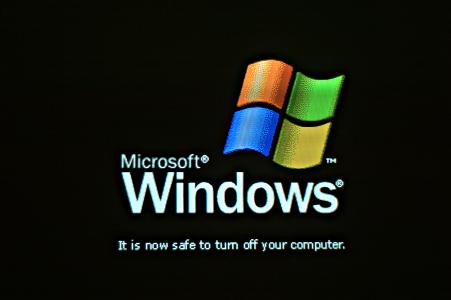I removed one of the 160GB drives and let the RAID rebuild itself to the 500GB drive in Windows. I then rebooted, removed the second 160GB drive, installed the second 500GB drive, and allowed that drive to be rebuilt in Windows.
I quickly discovered that both 500GB drives only showed up in the Server as 160GB, because the RAID volumes were that size. What to do??
I installed Easeus Partition Master Server Edition thinking that would let me re-size the drive(s), but no - it showed the RAID as having a max of 160GB.
I finally discovered a post online that detailed what to do, and these are the steps that worked:
- Remove one of the two original, smaller drives and replace it with one of the larger drives.
- Rebuild original RAID1 array to new, larger drive.
- Shut Down PC and remove the other, smaller drive (you should only have the one larger hard drive in the computer at this point)
- Turn computer on and press CTRL+I to enter RAID Configuration
- Break the RAID on the one larger drive
- Reboot into Windows and open Easeus Partition Master Server Edition (or your favorite partition resizing software)
- Resize drive to use its full capacity
- Shut down computer and install second larger drive
- Reboot into Windows and open the Intel Matrix Storage Console software
- Click Actions --> Create RAID Volume from Existing Hard Drive
- Select your Windows Volume as the source drive, and your newly installed, second larger drive as the mirror drive
- The Intel Matrix Storage Console software will begin mirroring your larger drive volume to the second larger drive.
When all is said and done, your new RAID1 Array should be complete, and you should see an array status such as this:
Hope this can help someone. Cheers!


